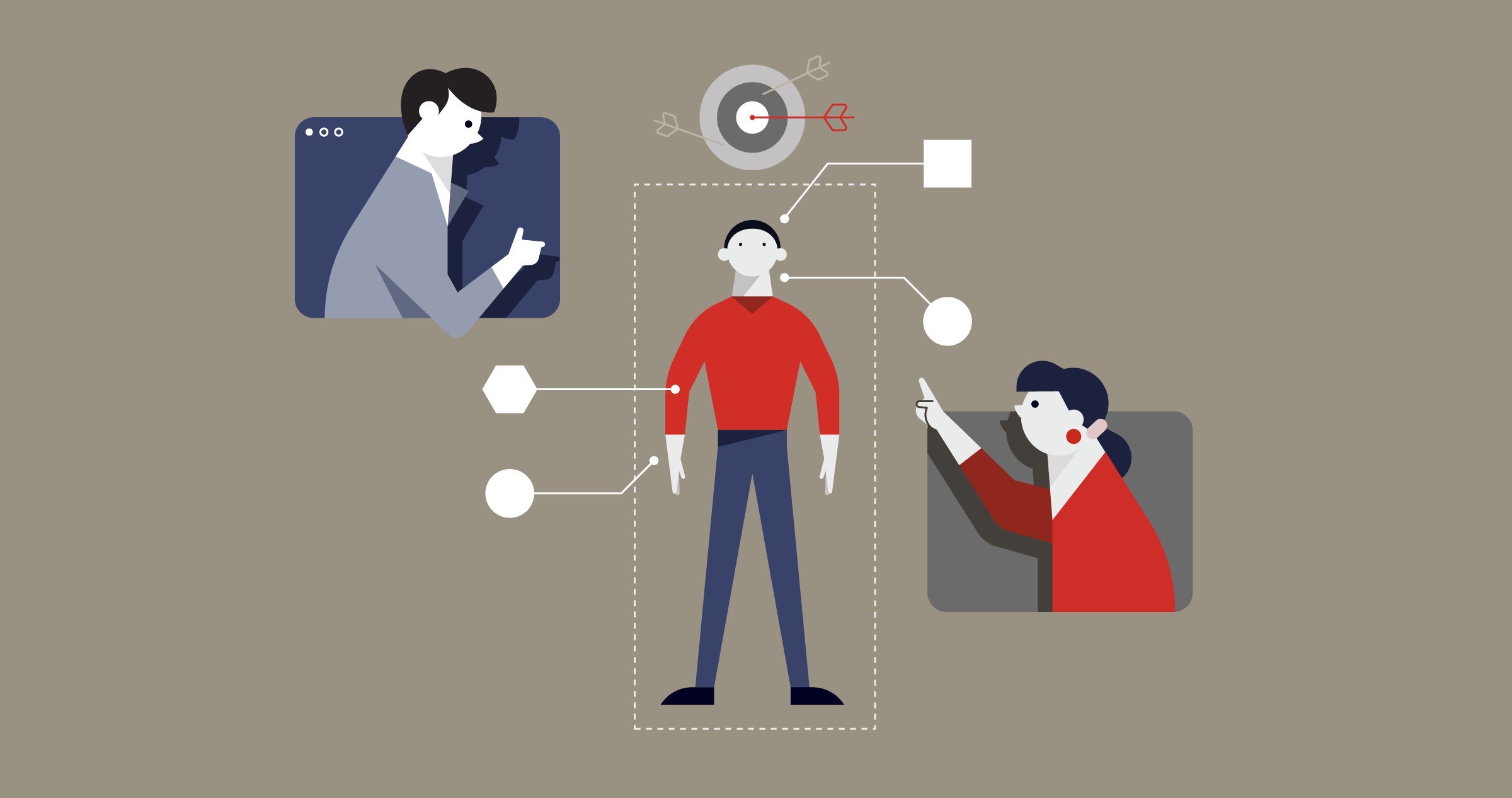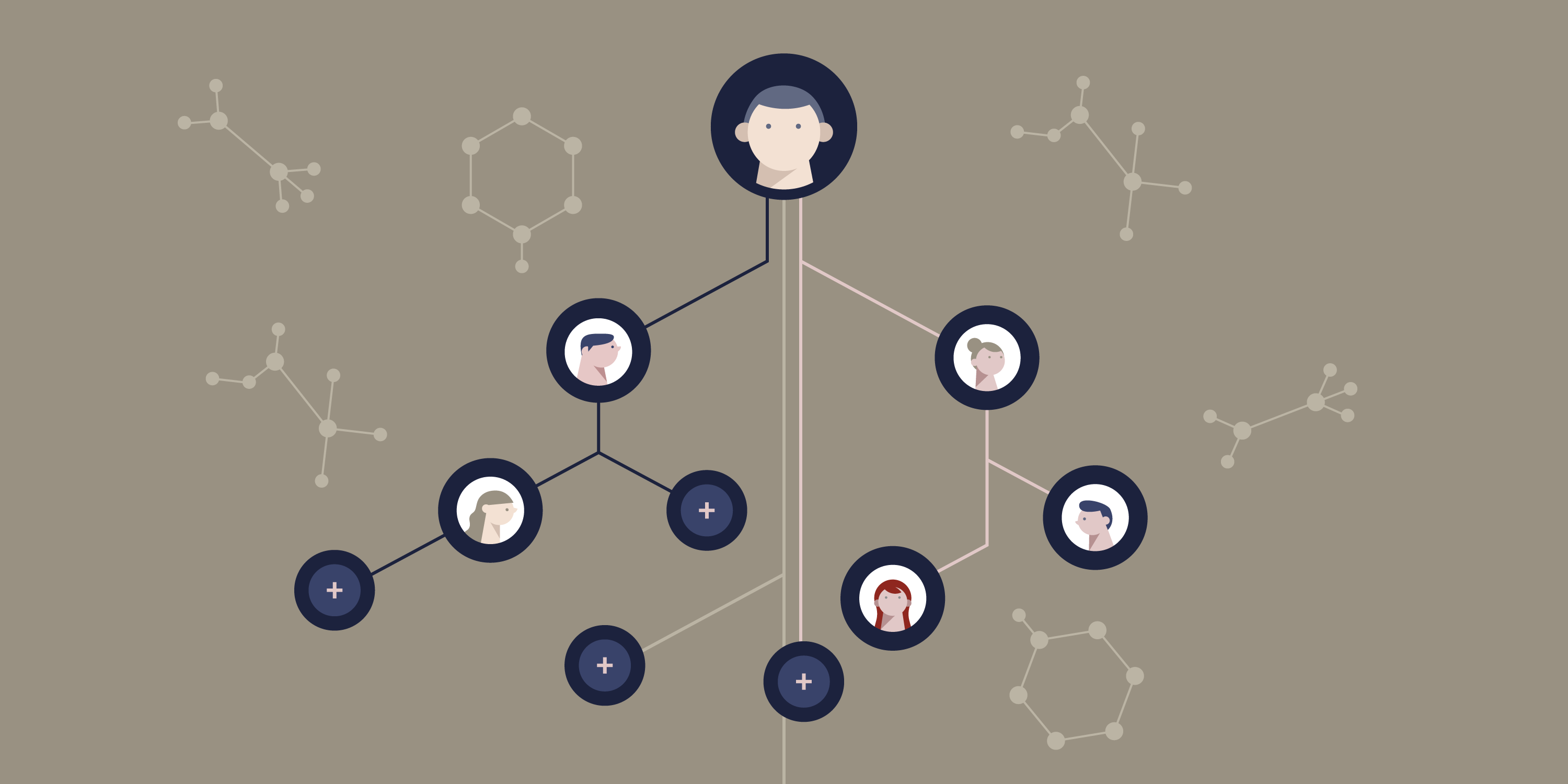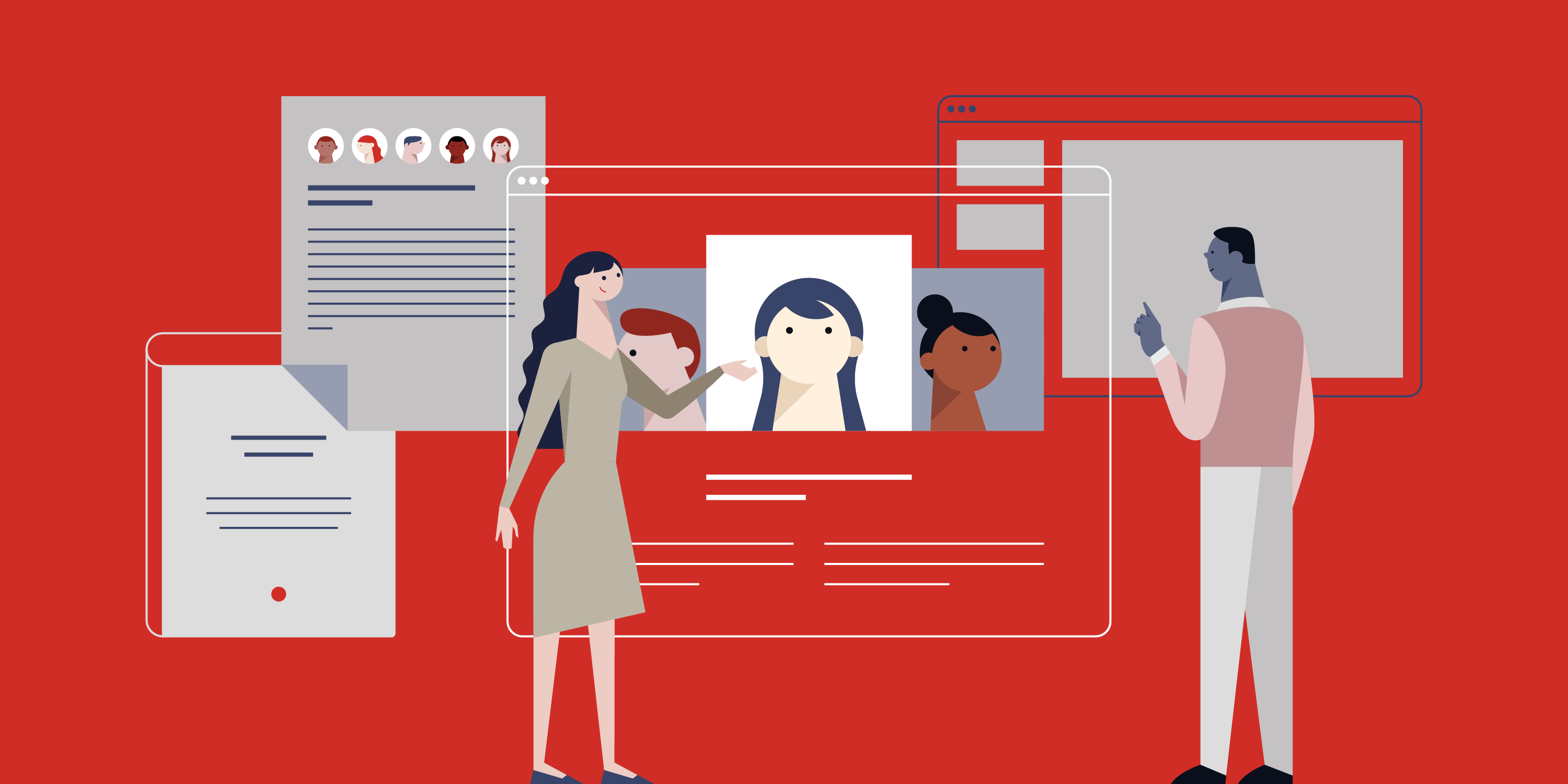How To Build The Best Talent Communities

Diane Faulkner is an award-winning writer on labor law, corporate culture, and HR technology in many business journals, including Forbes.
To win the war for talent, you must do more than execute. You must reinvent. Change your mindset, and rethink your talent acquisition process and your talent pipeline.
Traditionally, when there is an open position, the hiring process goes something like this for internal recruiting:
- Interview hiring manager to determine the candidate profile of a qualified candidate
- Post new job internally
- Review resumes of potential candidates
- Interview and promote
or if no internal candidate can be found, the external recruitment process begins:
- Post job openings externally on job boards
- Cull through resumes in your applicant tracking system
- Pull top potential candidates
- Phone-screen
- Interview top qualified candidates
- Negotiate salary and hire for the open position
It is a reactive process that takes entirely too much time and wastes entirely too much money.
What if there was a better way to meet your hiring needs?
What if you could pull interviewees from potential candidates whom you know want to work with you, who already fit your company culture, with whom you already have a relationship? Would that not be great?
If you had built your company a talent community, you could do just that and find the best candidates.
What Is A Talent Community?
A talent community is not a list of candidates on a web page or in a spreadsheet (though you may well be able to create one). It is not your current staff (though some may participate). It is a cadre of social cliques consisting of people who may or may not be looking for work right now.
They are a group of passive candidates. And they are recruiting gold.
People in your community can be those who have applied or interviewed for a position or who have otherwise expressed interest in your company. They may have done this by following and interacting with you on social media. They may have networked with someone in your company. They may have attended an event you sponsored. They could be current or former employees.
The bottom line is, they are interested in your company and have made their information available to you for consideration for future opportunities. There is interaction between you and the individuals as well as amongst the individuals themselves. They do not wait for a recruiter to initiate conversation.
The proactive and interactive nature of a talent community is what makes it so unique, valuable, and different from a talent pool.
Why Is A Talent Community Valuable?
Time costs. The average time it takes to fill a position, according to Society for Human Resources Management’s (SHRM) last benchmarking study is 42 days. The average cost? $4,129.
Bad hires cost even more. Over four times more. A recent CareerBuilder survey found “employers who have had a bad hire affect their business in the past year estimate the average cost of a bad hire is more than $18,700.”
And bad hires seem to be the norm. The Predictive Index’s 2020 State of Talent Optimization report revealed that more than half (51 percent) of hires are bad.

All the more reason to find someone who understands your company, wants to be a part of your mission, and is ready to commit. The golden pipeline of a talent community makes that happen.
The major benefit of having a talent community is that you can capture candidates you would not otherwise have found, which increases your ROI simply by multiplying your cost per hire by the number of hires you make from the community. You also increase your ROI as each day an employee is onboarded, you have saved thousands of dollars in recruitment costs.
How Do You Start A Talent Community?
Odds are, you already have access to the makings of a talent community.
1. Start with impressive former candidates.
Anyone who has conducted interviews has come across candidates who do not quite fit a position but were impressive enough to warrant putting a hold on their information for future consideration. Those are the first people you can contact to see if they want to be part of your community.
2. Find people who interact with you on social media.
These people are actively expressing an interest in your company without having to apply for a job by merely interacting with your posts. Capture their information. Interact with them. Keep them interested. Keep them close. Ask if they would like to be a part of your online talent community. Make sure you have a form on your career site that will funnel information directly into your CRM. You do not have to start big. Just start.
“We started small and with friends,” says Ethan Taub, CEO of Newport Beach-based finance companies Goalry and Loanry. “Staying connected to who your friends know can build up your talent communities pretty quickly. Then, working on social media to spread the news further can expand that even more. We have had some great recruits. Around 60 percent of our new recruits come from the talent community, which is great.”
3. Start one-to-one, then expand for more diversity
Lionbridge, a global localization and AI training provider, highlights another important aspect. Their global community experience manager, Samantha O’Connor, notes that when building a talent community, you need to attend to diversity.
“We started with one-to-one recruitment and engagement,” O’Connor says. “Each community member had a direct contact within our organization whom they could interact with. That was 20 years ago. As technology expanded, we expanded the ways in which we connect with new members. We now use social media, job posting sites, and other one-to-many channels to help us meet specific needs.” Word of mouth and a strong industry reputation is still a top driver, O’Connor says, but spreading the word wide helps them bring in a diverse population.

What Makes A Successful Talent Community?
Customer brand and employer brand alignment are critical, explains Denise Graziano, CEO of Graziano Associates. In the same way that customers know what you are about and what kind of experience they will have with you, (think Mayo Clinic), potential employees should have an idea of what it would be like to work with you. “The employer brand should be in congruence with [the customer brand], and it should be the same kind of tone but show what it is like to be on the inside.” Many companies do not really have a formal employer brand. “When they realize they are not getting the right types of people, it is partially their own fault because they are not putting that particular face forward.”
“You want to draw in people who are self-selecting, who are aligned with your culture, what your beliefs are, and what it means to work in [your] environment,” Graziano says. “Companies that do that well recruit much easier. The culture fits are usually easier to ramp up and it is easier to onboard people because they already want to be a part of [your company].”
“What is bad,” Graziano explains, “is there are companies who claim to be in congruence, but all you have to do is go onto Glassdoor or Indeed and read the honest, ugly truth about what it is like to work inside those organizations.”
Conclusion: Best Practices For Talent Communities
One thing that can be difficult when trying to start a talent community is getting hiring managers involved in the process. Oftentimes, hiring managers leave the recruiting process completely up to Human Resources.
“Companies need to take a collaborative approach to talent,” Graziano says. “This is not HR’s solution to come up with on their own. [Recruiting] is far too complex. When you have marketing working with HR and with the other departments, you can put together an approach that is going to serve the company best. But if you dump everything on HR, people are going to complain about bad fits, and there will be bad hires.”
So, best practice for talent communities would be to have HR work with hiring managers to come up with an avatar for needs that will come up in the future. Much like marketing comes up with avatars/personas for target clients, HR and hiring managers will come up with target candidates. It is important to have those stakeholders be part of the process because they are the ones who will be able to say what they are going to need in the future, e.g., sales people who work remotely. “It behooves them to get into the job target process so they can get a more ideal candidate sooner,” Graziano says.
Using analytics tools allows the stakeholders to pull from millions of data points that will give you a lot of the criteria or characteristics of a particular role. “That is obviously going to vary across the size of the enterprise,” explains Graziano, “but when you can have those job targets in mind and get clear on them, you know what you are going to need in advance of the actual need.”
Another best practice is to keep the community diverse. Reach out to a variety of sources, not just typical recruiting sources. Approach interesting people who interact with you at speaking engagements or at events your company sponsors. Keep in touch with them and make them a part of your talent community.
“One of the benefits of a great talent community,” O’Connor says, “is that we can have a mutually beneficial relationship with a diverse community who is engaged with us. We are better positioned, ready, and able to assist our customers with their needs because of it. We are also able to help the [talent] community itself by generating steady work with those clients and by giving them opportunities to expand their skill sets, grow their expertise, personally develop, and advance. All around, it’s a win-win.”
“Overall,” Graziano says, “it is a wise play to create a talent community. Even if it is a small enterprise that does not have the bandwidth to make an elaborate portal such as Mayo’s, just keep the people close in whatever way you can and keep up the interaction.” That will put you one step ahead of your competition in the recruiting game.

Diane Faulkner is an award-winning writer on labor law, corporate culture, and HR technology in many business journals, including Forbes.






